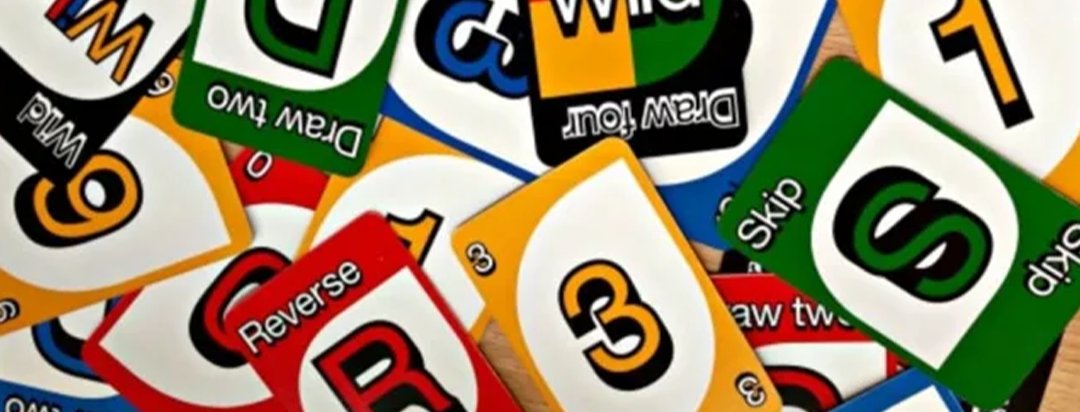

Lorem ipsum dolor sit amet, consectetur adipiscing elit ut liqua purus sit amet luctus venenatis, lectus magna.

UNO! is one of the most recognizable card games in the world—played everywhere from kitchen tables to classrooms to family reunions. But when did this colorful, fast-paced game first make its way into homes, and how did it become a global phenomenon?
Let’s dive into the origins of UNO! and how it evolved from a local card game into a staple of game night.
UNO was created in 1971 by Merle Robbins, a barber from Reading, Ohio. Frustrated by disputes during a family game of Crazy Eights, Robbins came up with his own set of rules and a customized deck to simplify things—and UNO was born.
At first, Robbins produced the cards himself, selling them out of his barber shop and car trunk. The concept was simple but effective: match colors and numbers, with action cards thrown in to shake up the pace. The game’s rules were easy to learn and quick to play, which helped it catch on fast with friends and neighbors.
After selling about 5,000 decks locally, Robbins and his family decided to license the game. In 1972, they sold the rights for $50,000 plus royalties to a group of friends who formed International Games, Inc. That move opened the door to larger-scale distribution.
By the late 1970s, UNO! was gaining traction across the U.S., standing out in a crowded game market with its bold design and accessible ruleset. Unlike traditional card games, UNO! didn’t require a standard 52-card deck, which gave it a fresh identity among family and party games.
In 1992, Mattel acquired International Games, bringing UNO! under its massive umbrella of family-friendly products. With Mattel’s marketing power and global distribution network, the game exploded in popularity.
It began appearing in more countries, more languages, and more households than ever before. UNO! had gone from a side project in an Ohio barber shop to an international gaming staple.
Since its creation, UNO! has gone through multiple updates and spin-offs. New editions have included everything from themed decks featuring movie franchises to digital versions for mobile phones, consoles, and online play.
Even as the game’s appearance has changed, the core mechanics have stayed largely the same. That simplicity is part of its lasting appeal. Whether it's the original deck or an app-based version, players still shout “UNO!” with the same excitement they did decades ago.
UNO! may have started as a homemade card game designed to settle family disagreements, but today it’s a timeless part of game night culture. From 1971 to now, it’s clear that the simple act of matching cards—and yelling “UNO!” at just the right moment—never goes out of style.


Explore our collection of 200+ Premium Webflow Templates